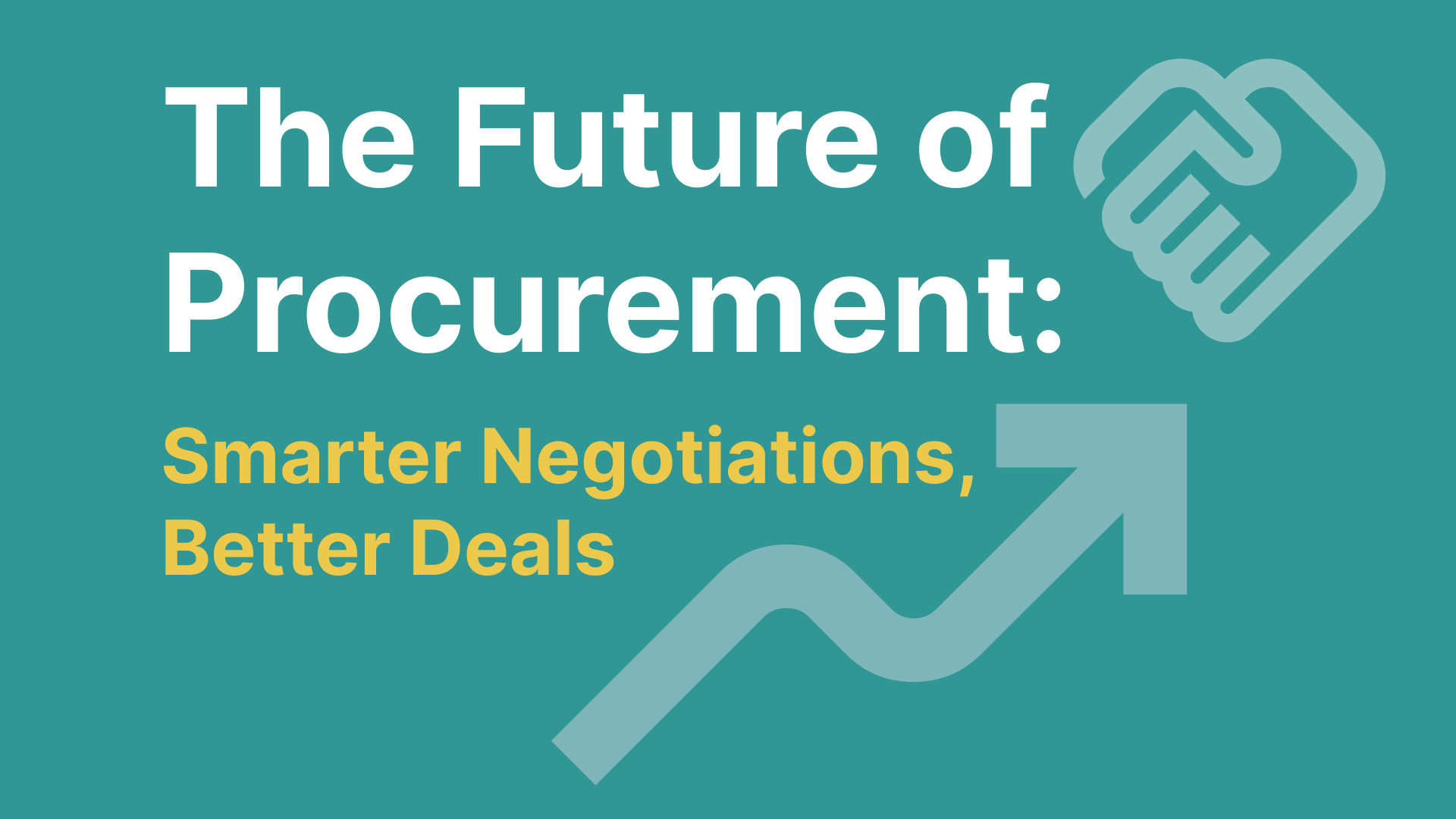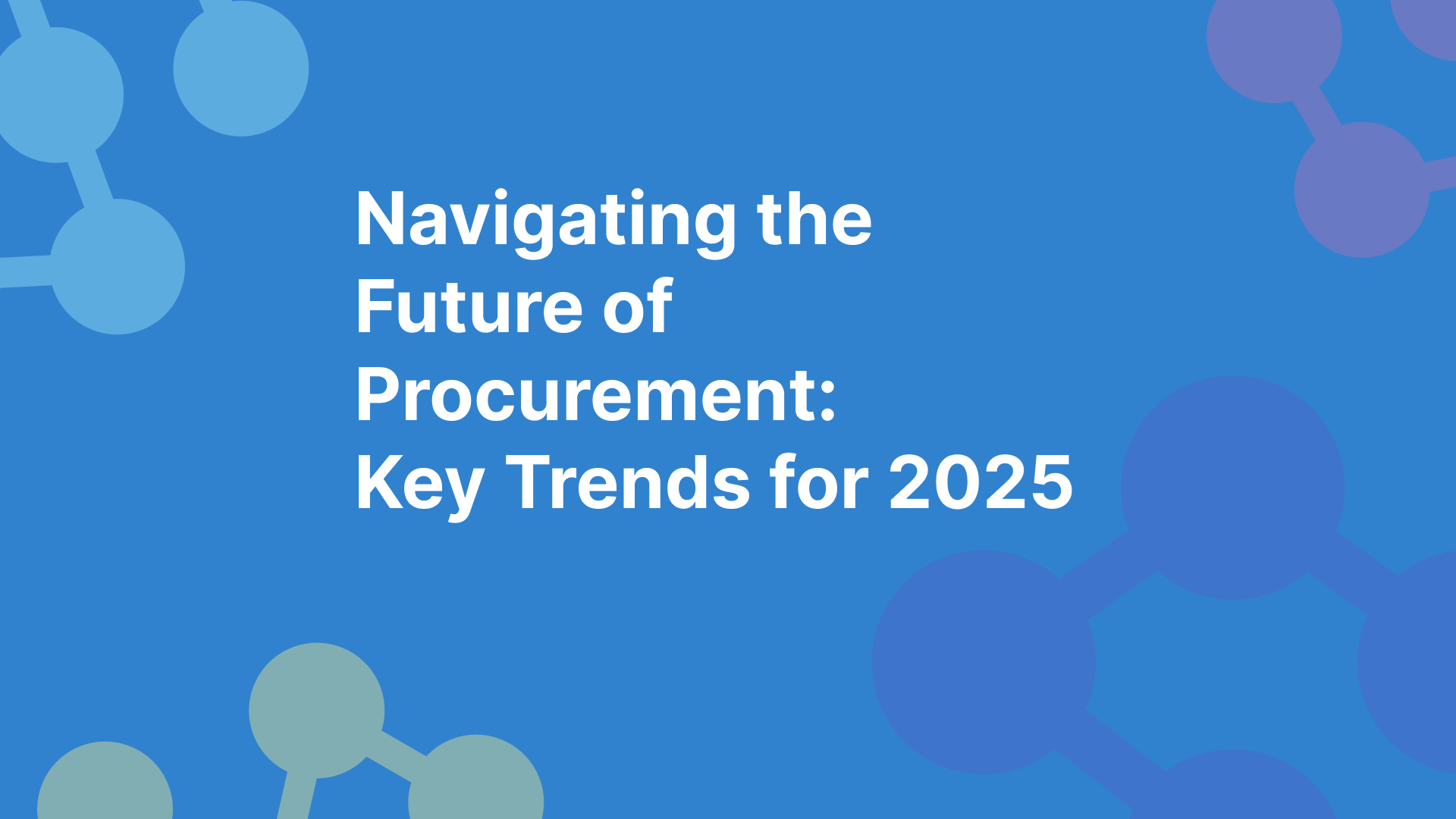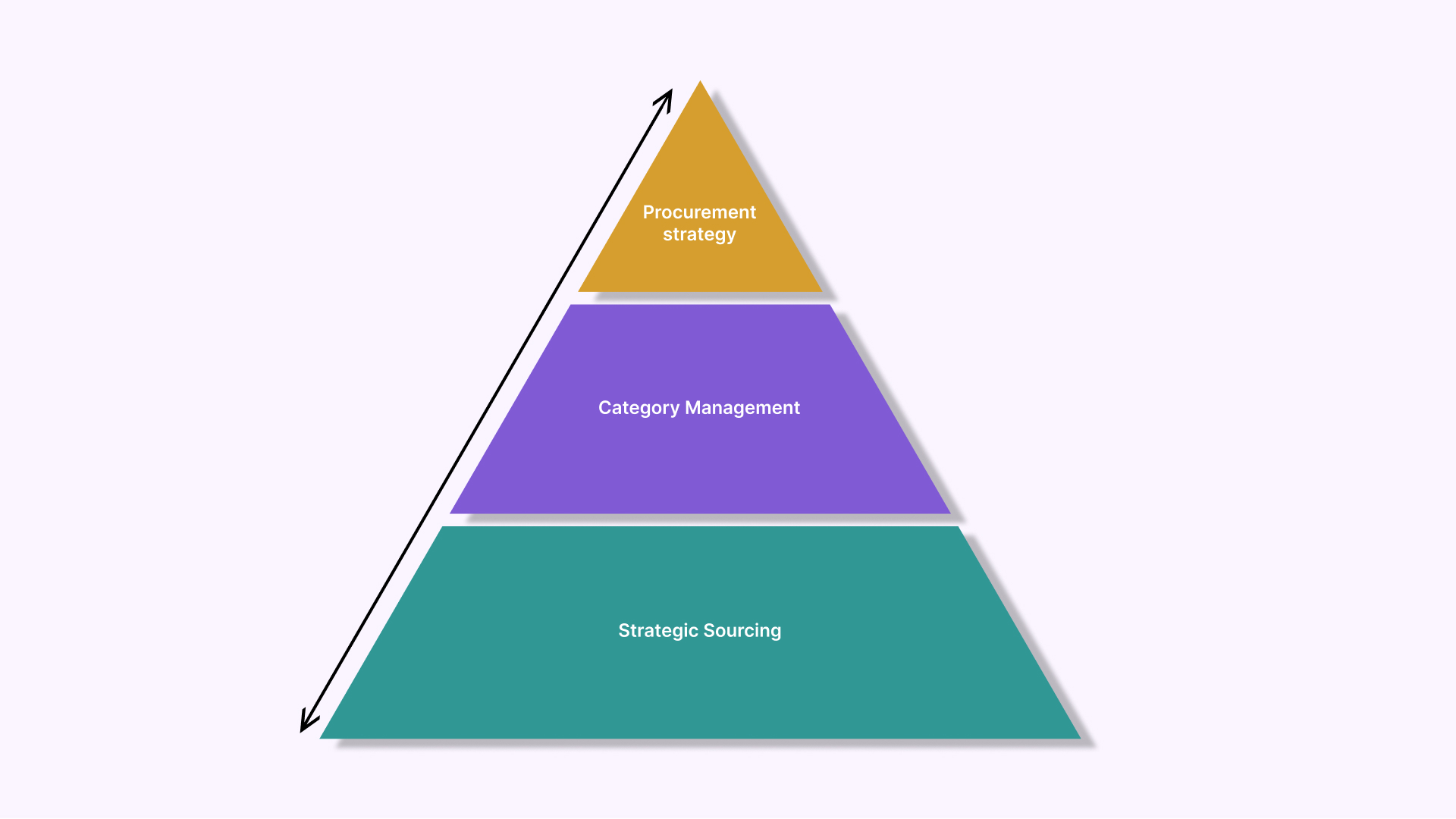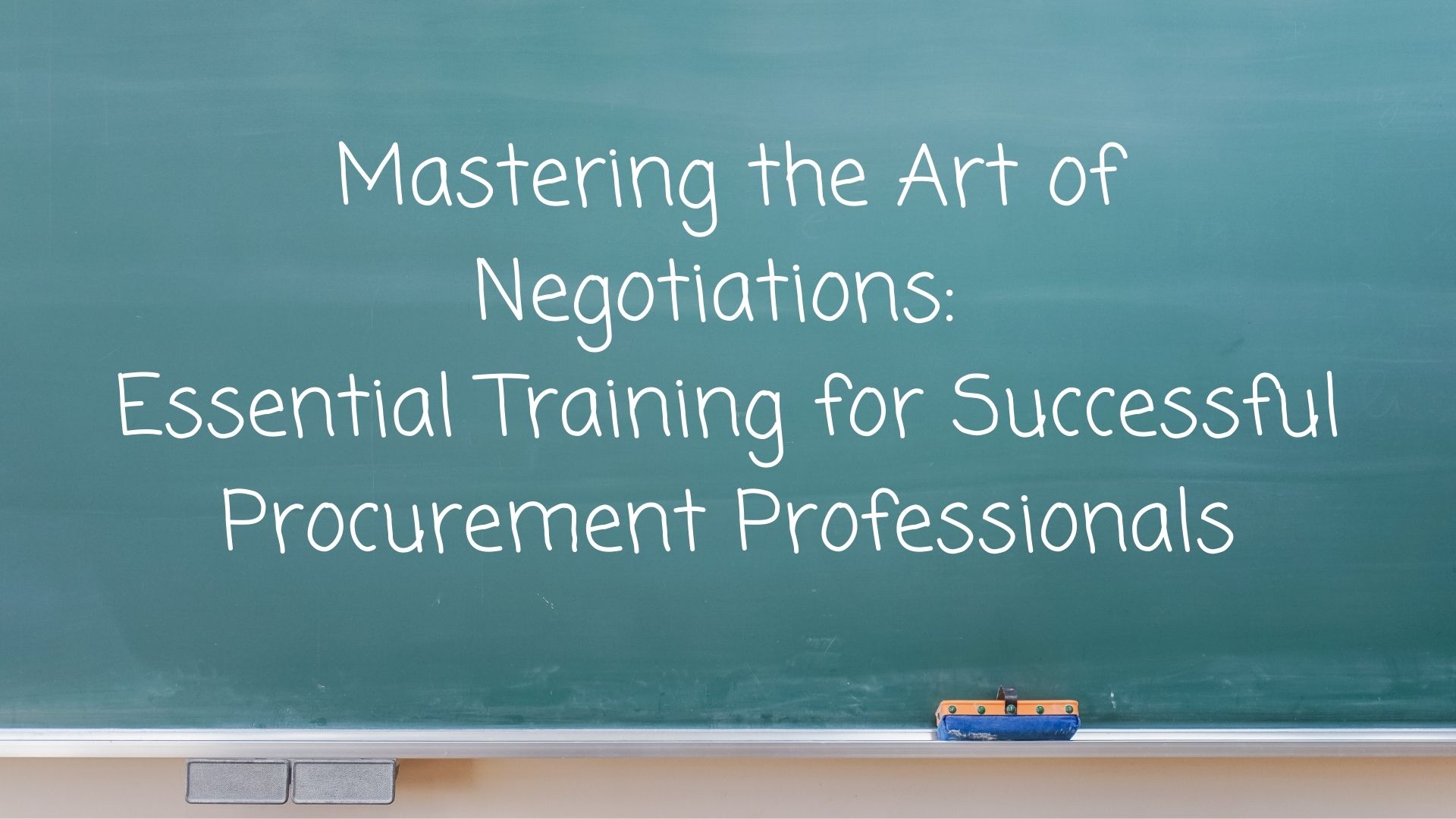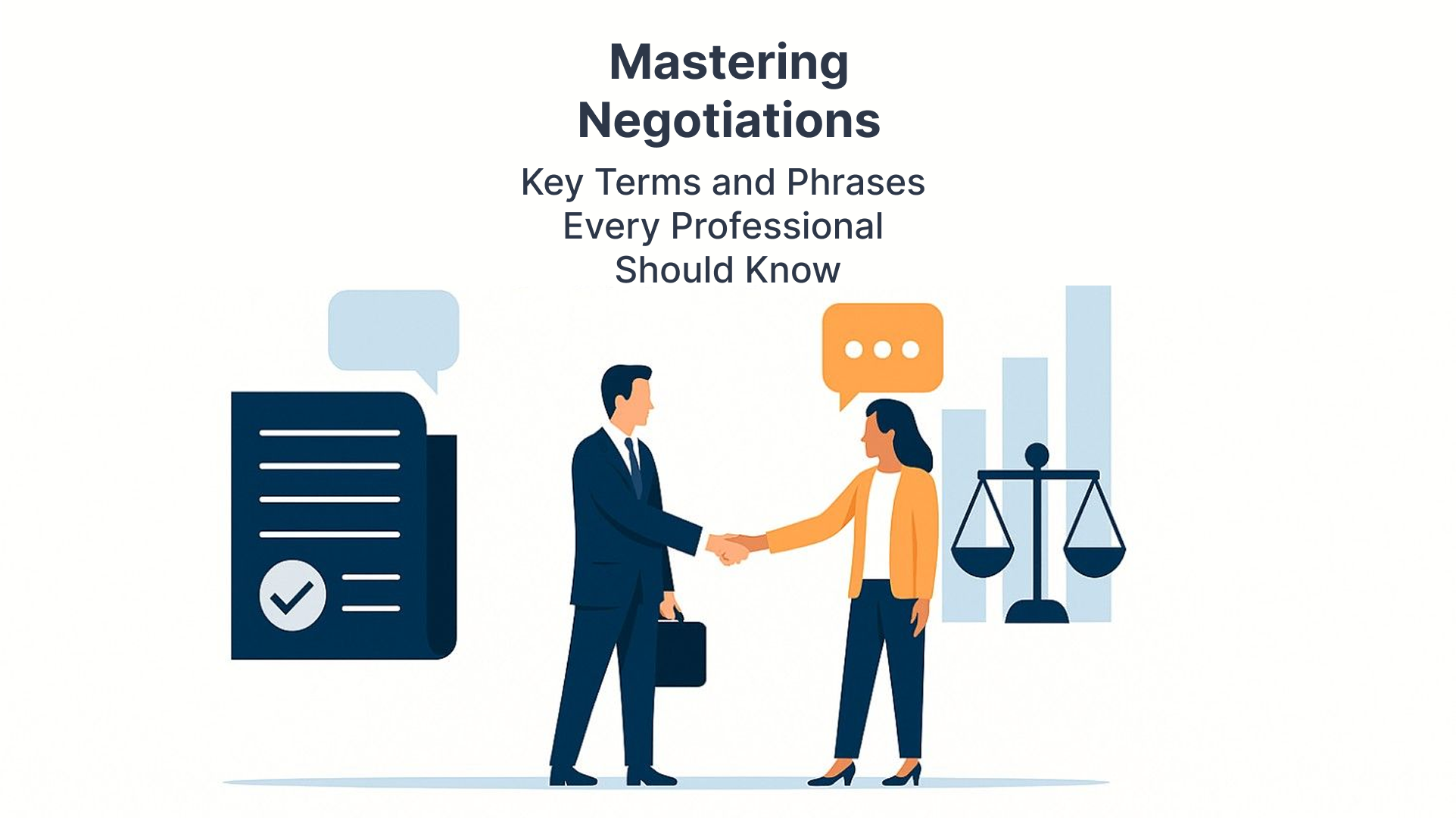Why Negotiation Matters More Than Ever in Sourcing
In the world of procurement, negotiation isn’t just about getting the lowest price—it’s about securing the best overall value for your organization. Yet, too many sourcing teams still rely on outdated methods, endless email threads, and disjointed spreadsheets to manage supplier negotiations.
Research has shown that structured negotiations significantly improve outcomes. A study on "How Do Negotiation Practitioners Prepare B2B Negotiations, and Is This According to the Academic Literature?" (University of Twente) highlights that many practitioners lack structured frameworks, leading to inefficient negotiation strategies. Guess that is good for us as a B2B company, but we would still like to help!
That’s why SourceMagnet is taking sourcing to the next level with our new Negotiation Functionality—giving you the power to conduct structured, multi-round negotiations seamlessly within our platform.
The Problem with Traditional Supplier Negotiations
Negotiations in sourcing are often chaotic. Buyers and suppliers go back and forth over email, with little transparency and no clear version control. Information gets lost, response times drag out, and suppliers gain the upper hand simply by controlling the pace of the conversation.
The result?
- Missed opportunities to drive better value.
- Lengthy negotiation cycles.
- Difficulty comparing supplier responses efficiently.
- A lack of real-time insights into negotiation trends.
A study on "International Negotiation: Pre-negotiation in Swedish Companies" (DiVA Portal) found that structured negotiation processes lead to improved supplier engagement and better final agreements. The thesis concludes that companies with a formalized approach to pre-negotiation—where supplier expectations, potential trade-offs, and long-term collaboration opportunities are mapped out—tend to secure not only better prices but also stronger partnerships. It highlights that organizations engaging in structured negotiation frameworks experience fewer disputes post-contract and achieve more sustainable supplier relationships over time. Wow!
Negotiation Types
Understanding different negotiation types is key to selecting the right strategy. Here are the most common ones used in procurement:
🔹 Distributive Negotiation (Win-Lose) – A competitive approach where one party's gain is the other’s loss. This type is often used for one-time deals with little concern for long-term relationships.
🔹 Integrative Negotiation (Win-Win) – A collaborative approach where both parties seek mutually beneficial outcomes. This is best suited for long-term partnerships where value creation is prioritized over price.
🔹 Multiparty Negotiation – Involves multiple stakeholders and suppliers, requiring careful coordination and strategic concessions to align interests.
🔹 Sequential vs. Simultaneous Negotiation – Sequential negotiations focus on resolving one aspect at a time, while simultaneous negotiations address multiple elements together for efficiency.
Negotiation Strategies
Each negotiation type requires a tailored strategy to maximize success:
🔹 For Distributive Negotiation: Utilize hard-bargaining tactics, set clear reservation prices, and leverage competitive bidding to push for the best possible deal.
🔹 For Integrative Negotiation: Focus on value creation, uncover shared interests, and explore trade-offs that benefit both parties. A study on "The Role of the Negotiation Opening and Individual Factors" (TUM University) highlights that early collaboration leads to stronger supplier relationships.
🔹 For Multiparty Negotiation: Develop a clear communication plan, assign negotiation roles, and use structured rounds to ensure alignment among all parties. This aligns with findings from "International Negotiation: Pre-negotiation in Swedish Companies" (DiVA Portal), which emphasize the importance of structured pre-negotiation frameworks.
🔹 For Sequential vs. Simultaneous Negotiations: Choose sequential if precision is required in each stage, or simultaneous if speed and efficiency are priorities.
Introducing Source Magnet’s Negotiation Functionality
With Source Magnet’s Negotiation Functionality, we’re transforming the way procurement teams negotiate. Now, you can engage in structured negotiation rounds, directly within your sourcing workflow. Here’s how it works:
✅ Set Up Multi-Round Negotiations – Move beyond single-offer scenarios and conduct multiple negotiation rounds with suppliers in a streamlined, transparent manner.
✅ Automate Bid Comparison – Our system automatically compiles, evaluates, and ranks supplier responses so you can make data-driven decisions.
✅ Real-Time Supplier Engagement – Invite suppliers to participate directly in a structured bidding process, reducing response times and increasing competition.
✅ Track All Offers in One Place – Say goodbye to scattered email chains. Keep a clear record of all negotiations, with version tracking and audit trails.
✅ AI-Powered Insights – Use analytics to identify trends, predict supplier behavior, and optimize your negotiation strategy over time.
How Negotiation Rounds Improve Procurement Outcomes
Using structured negotiation rounds isn’t just a nice-to-have—it’s a game-changer. Here’s how this approach benefits procurement teams:
📌 Stronger Supplier Competition: When suppliers know there will be multiple negotiation rounds, they are more likely to submit competitive bids.
📌 Greater Transparency: All negotiation data is centralized, ensuring a clear audit trail and better decision-making.
📌 Faster Decision-Making: With automated bid comparison and real-time supplier feedback, sourcing teams can finalize deals much faster.
📌 Better Contract Alignment: Negotiations aren't just about price—they also refine terms, ensuring contract compliance and risk mitigation from the start.
A study on "The Role of the Negotiation Opening and Individual Factors" (TUM University) found that negotiation rounds strengthen supplier relationships by fostering trust and alignment. Structured negotiations provide clarity on expectations from the start, reducing misunderstandings and future disputes. Transparent, iterative processes also encourage suppliers to view buyers as long-term partners, leading to higher-quality agreements and ongoing collaboration.
Negotiation as a Strategic Advantage
Negotiation in procurement isn’t just a process—it’s a strategic tool. Procurement leaders who leverage structured negotiations gain an edge by optimizing cost, quality, and supplier relationships simultaneously.
With SourceMagnet’s Negotiation Functionality, you’re not just negotiating—you’re negotiating smarter.
Ready to Elevate Your Sourcing Strategy?
If your procurement team is ready to take negotiations to the next level, let’s talk. Contact us today to see how SourceMagnet’s Negotiation Functionality can help you achieve better supplier agreements, faster.
📩 Book a Demo and start negotiating like never before.
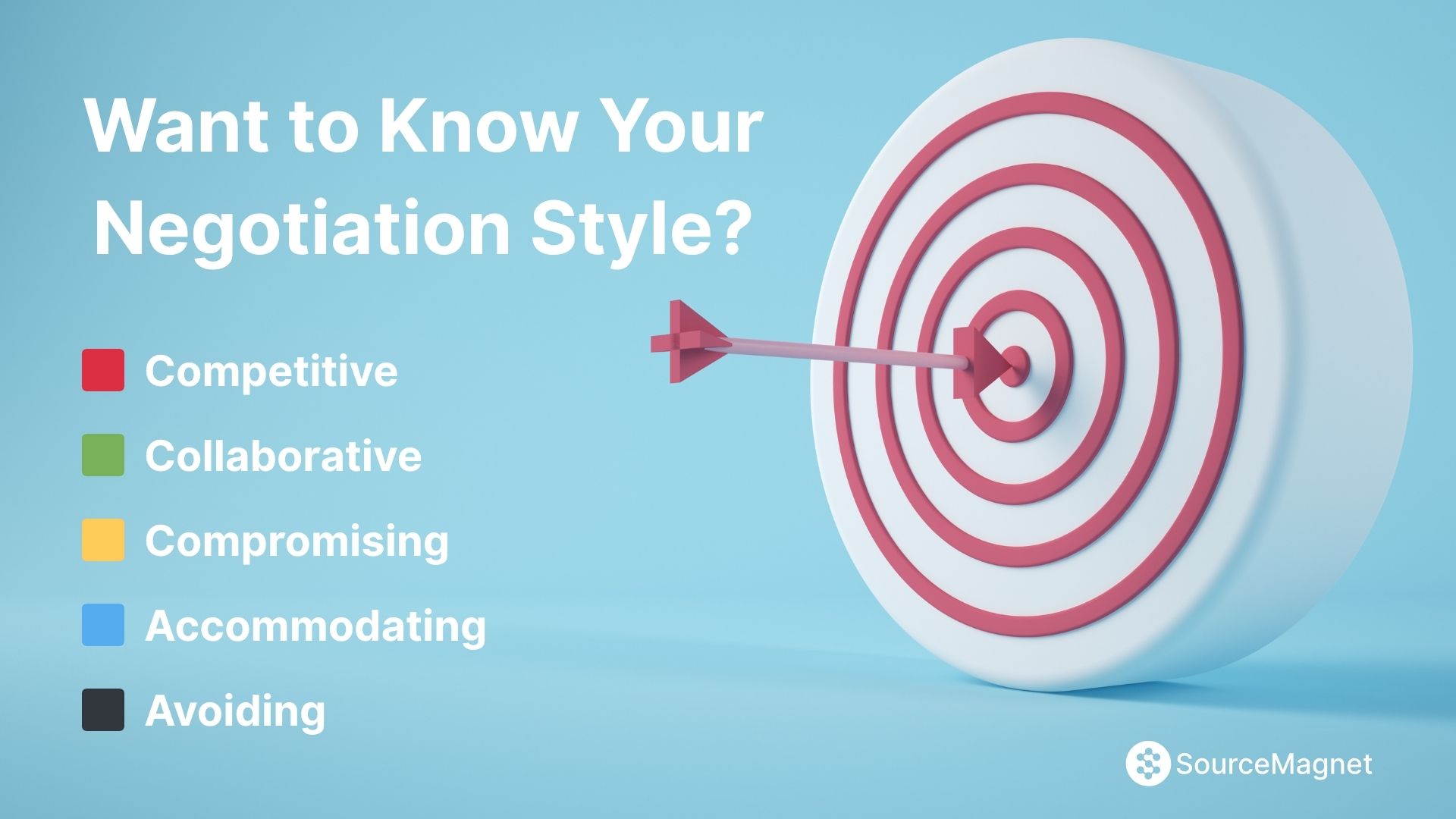
Want to Know Your Negotiation Style?
Before you jump into your next supplier negotiation, wouldn’t it be helpful to know how you naturally negotiate—and how you can adapt?
💪 Know your strengths
👓 Spot your blind spots
🤝 Negotiate with confidence
🎯 Get instant access to the Negotiation Styles Self-Assessment Tool
Fill in the form to find your negotiation style!

